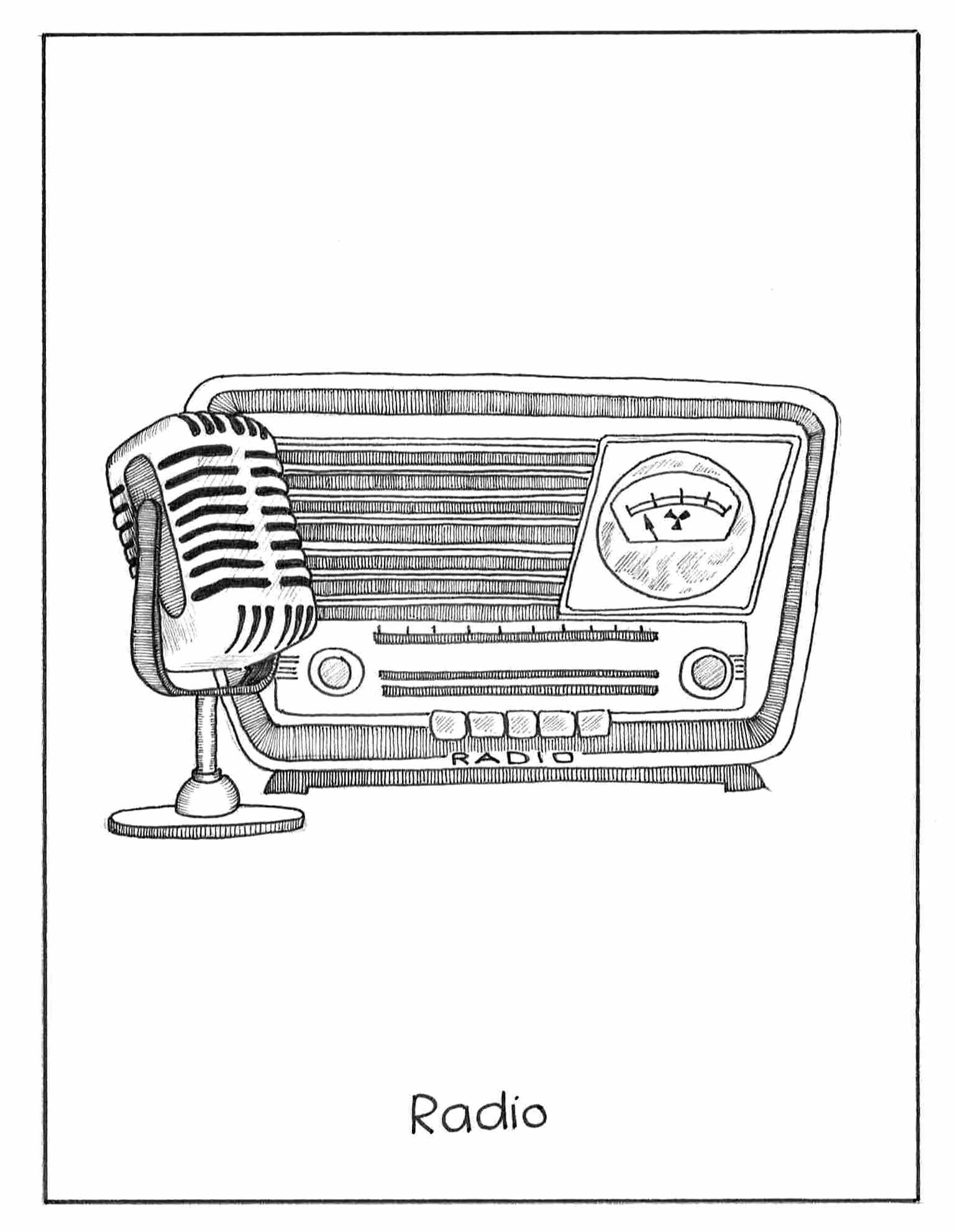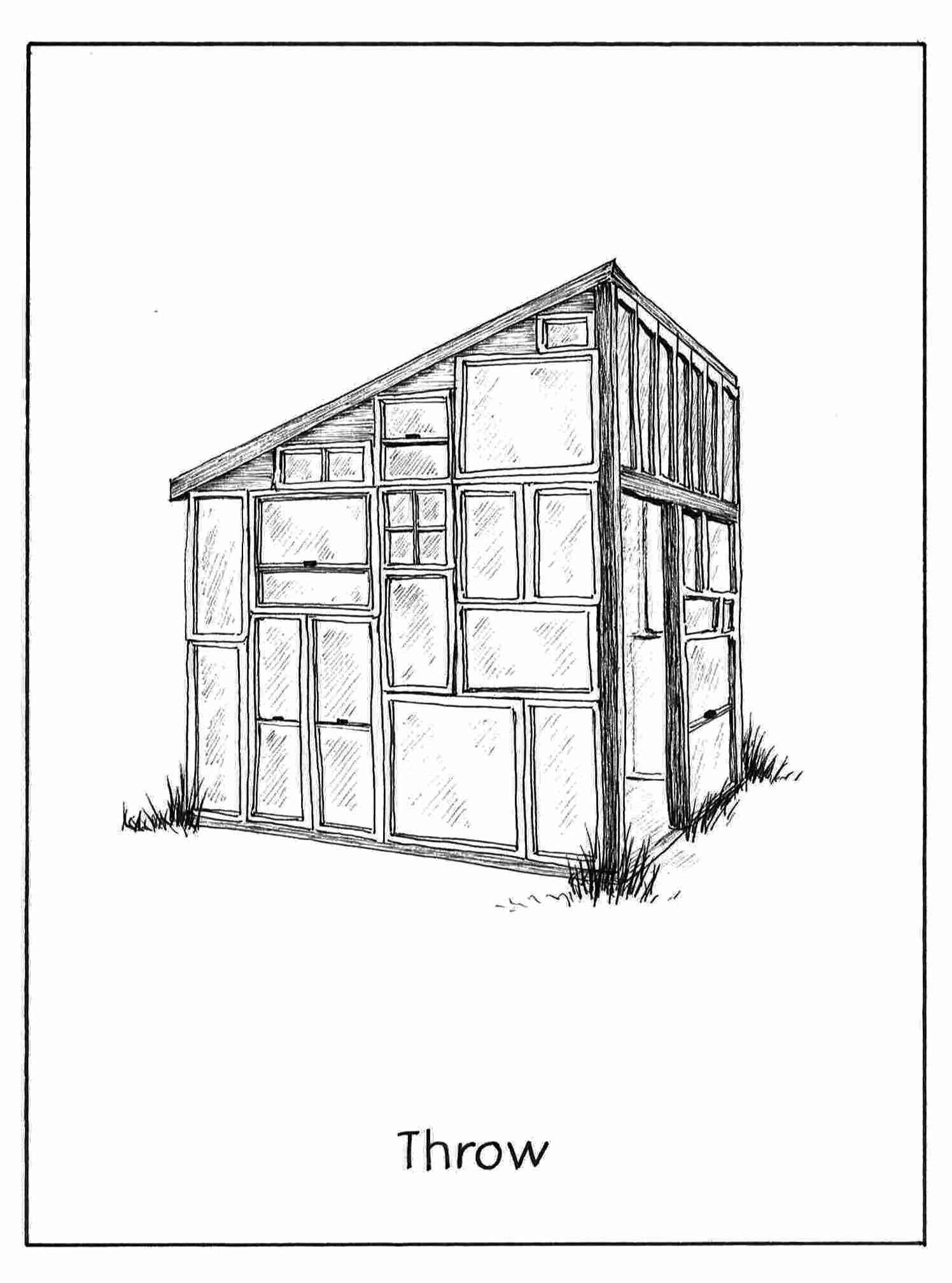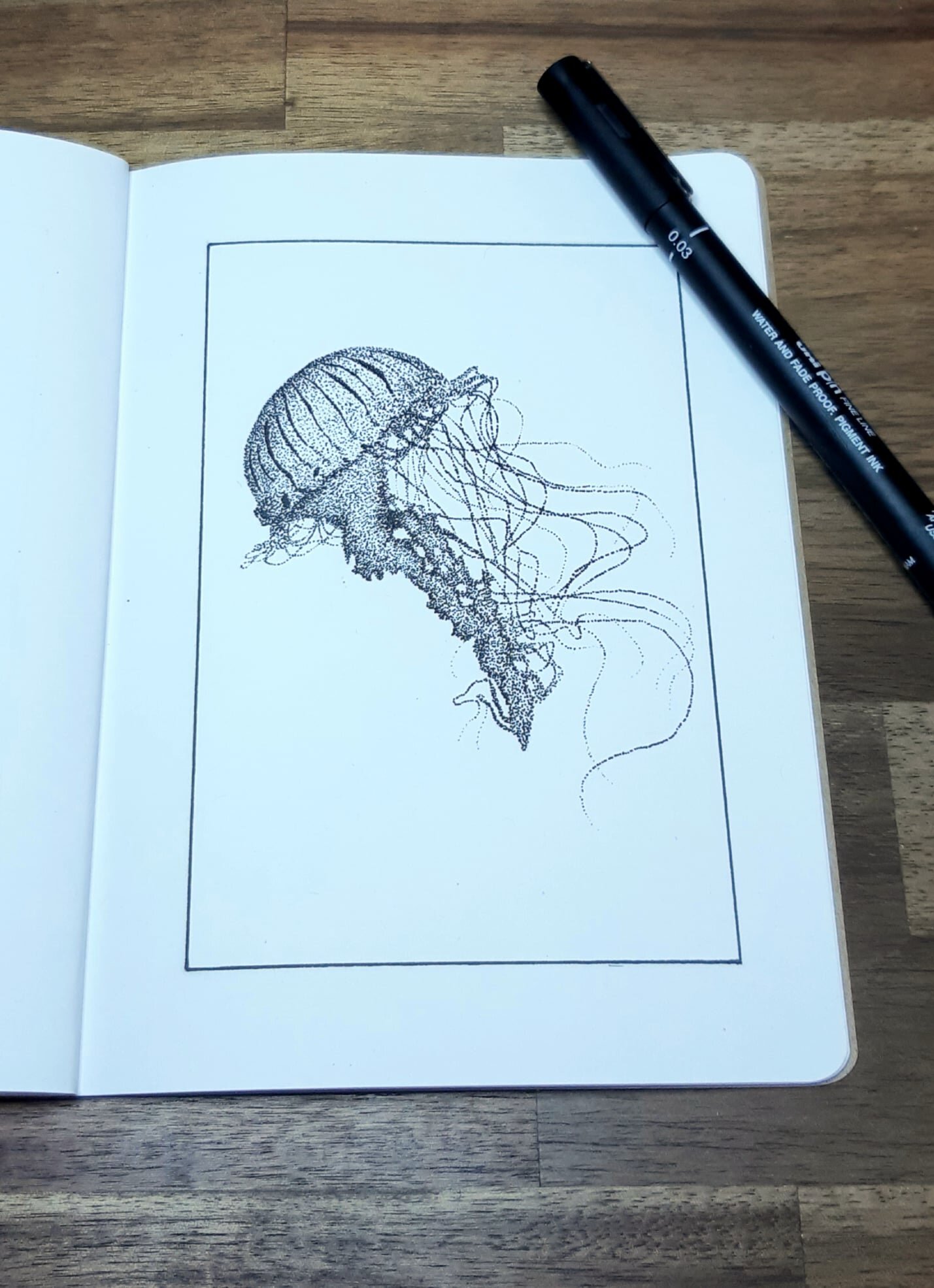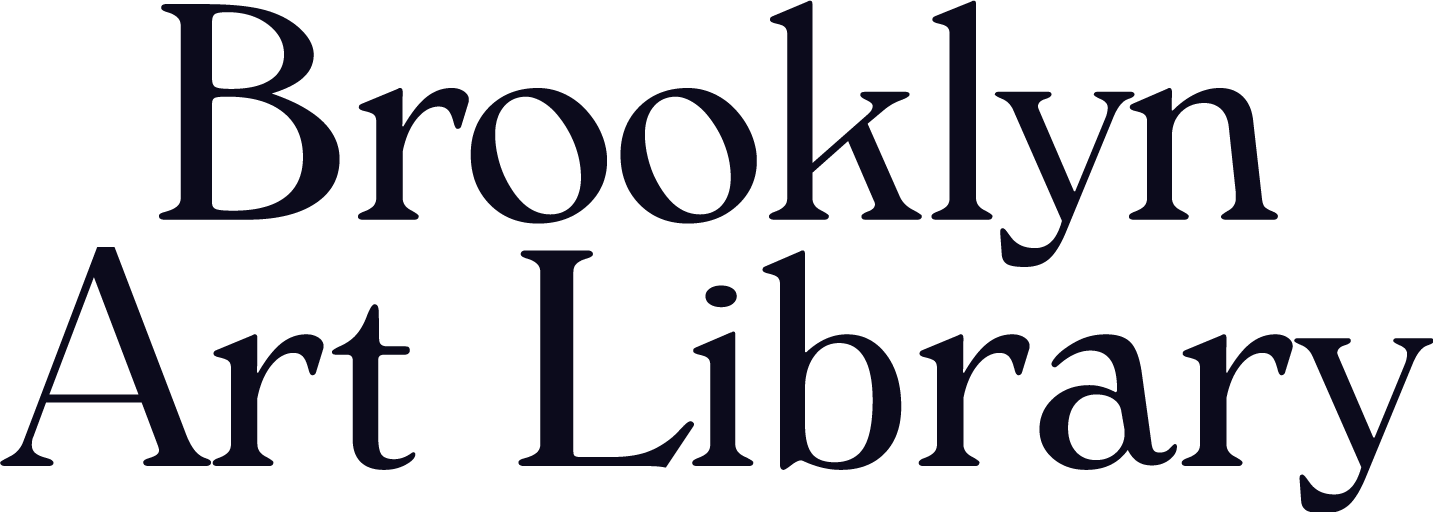Small Talks: Clara Cook
Clara Cook is an ink and digital illustrator based in Perth, Australia. A veteran of the Sketchbook Project, Cook has contributed several sketchbooks over the years including “Tactile Qualities,” “A Connected Life,” “Tea & Tales,” “Things I’ve Left Behind,” and “A Visual Short Story of the Day We Met.” You can also check out a tour of her newest sketchbook, “Marks & Markers,” on Facebook. In 2020, Cook won the City of Kalamunda's Creative Writing & Digital Art Competition and is currently an entrant in the Australian Book Plate Design Awards. Cook’s creative practice is one of technically impressive line-work and delightful experiments in color and design, with a flair for whimsical storytelling.
On February 24th, 10AM EST, Clara will lead a workshop on planning new sketchbooks as part of our February workshop series.
You’ve contributed 6 sketchbooks to our collection so far! Each of these books are such wonderful studies of sights, people, and words that caught your attention. How have you noticed your own style and approach to filling these sketchbooks changed over the years?
Creating my very first sketchbook for the BAL was such a joy that I knew I’d be participating again (and again). I’m a list-maker and love being organized, so my approach to that first sketchbook was to brainstorm and plan prior to drawing. I found this worked so well for me that I still start out a new sketchbook this way. If anything, I feel that each book has cemented my process, my style and most certainly improved my ink work.


Could you talk about the process behind creating one of your most recent sketchbooks, “Tactile Qualities”?
I started by doing a brainstorm for all of the themes. This helped me see which theme appealed to me the most and which I could create the most content for. My notes for Tactile Qualities were: textures; no story just images; would be a good way to practice; stippling, lines, hatching; and fur, timber, metal, stone, rocks.
My head was filled with ideas of all the textures I’d like to draw, but I didn’t want the illustrations to jump from one to another without some form of sequence. To sort my ideas into an order, I created a Word document where I listed all the textures I wanted to illustrate and rearranged the order until I was happy with the flow. Timber is one of my favorite things to illustrate so I knew I wanted to start with that. Once I knew where I wanted to start, I sorted my ideas by natural textures, living textures then on to man-made textures.
Knowing what the topic of the illustration for each page would be, I then sourced my reference images. I use photos that I take specifically for the illustration; photos that I or my family have taken (often holiday snaps); or source pictures from sites like Pixabay. There was some informal mental brainstorming done where I would think about what I wanted the finished page to look like or which animal would best represent the texture I wanted to create.
It seems like a long process, but once I have my reference images I can then start drawing. The type of ink work I use depends upon the subject matter: long or short pen strokes, hatching, clean lines or stippling. I will often find myself thinking about the drawing for a while before I put pen to paper, visualizing it drawn in different ways until I’m happy with my choice of line work. Then I can get started.
Oftentimes, the most daunting part of a sketchbook is marking that first blank page. What is your brainstorming process like when you start a new sketchbook?
I have to say that I have been daunted by the first blank page before. In a personal sketchbook I worked on I doodled flowers and mandalas on it just to “break” that tension. I was also daunted by my very first sketchbook for the Brooklyn Art Library—would I actually be able to fill and finish the book? Did I have something worth contributing? Was my work good enough? I decided to look at the book as something for me rather than what others would see in it and that helped.
My brainstorming approach for my Brooklyn Art Library sketchbooks means that the first blank page is already planned before I put pen to paper. In fact every page, even the last, is planned. This doesn’t mean I don’t have any worries. Will I mess up a drawing? There’s a fear that I don’t have the technical skill to create what I ‘see’ in my head, but I’m not wondering what I’m going to draw so that uncertainty is removed. Sometimes I will procrastinate a little but I find visualizing myself doing the drawing helps. Once I start working on the illustrations, I work from front cover to back sequentially.
How does sketching and keeping sketchbooks play a role in your creative process? Do you always have a sketchbook you’re working on or do you treat each personal sketchbook like a singular project?
Mostly, I work on single sheets that I then store in display books which are sorted depending upon the reason the illustration was created. For example, watercolors, printed works or different drawing challenges.
Back in 2015, I joined the 52 Week Illustration Challenge Facebook group and kept a small-sized sketchbook to draw illustrations each week for the entire year. I moved to larger single sheets in a display book for the following 2 years. I am still amazed at the volume of work I created over that 3-year period. In 2018 and 2019, I used a small sketchbook to draw my Inktober illustrations then moving to larger single sheets for 2020.
So, I guess, I do keep sketchbooks or display books as singular projects. I also keep digital copies of my art in organized folders.
You primarily work in ink pens. How did this become your medium of choice? Were you always working with ink or did you come to prefer it as your style developed?
Prior to 2015, I worked most often in pencil, preferably a 2B. As part of the 52 Week Illustration Challenge, we were encouraged to upload photos of our illustrations that displayed our work in the best possible way. I found I was not able to take a quality photograph or scan of my work in pencil so started to experiment working in ink.
I spent a lot of time online looking at the types of marks other artists could create using ink pens. I’d always loved comics and their wonderful ink work and went back to looking at those too. I also purchased technical books on pen and ink drawing to develop my skills. I’m still learning and developing “my style” and marvel at the ink work of artists I see online.



What are some art supplies that you can’t live without?
My pens, pencils, and kneadable eraser would have to be at the very top of my list but I greatly value my magnifying lamp and the light box my husband made for me.
Do you prefer to sketch on-the-go wherever you travel or do you primarily sketch in your creative workspace?
I will sketch wherever but mostly I prefer to work at my art desk. My desk was made for me as a gift by my husband. It is industrial in style with pipework legs and uprights for overhead shelves and has a switch that will incline a section of the desktop. If I’m working on a commissioned piece or detailed drawings, I work at my desk.
Along with making art, you also work as an educational assistant at a local primary school. How do you find the time to balance your day job with your personal creative practice?
My day job is part-time and my own kids are grown so I am now able to set aside more time for drawing and creating. The sketchbooks that I send to the BAL are generally completed over our summer school holidays (end of December and January) so I have about 6 weeks to work solidly on my books. For other pieces, including commissions, I work on those during the hours after school and on weekends. Trust me, less housework gets done when there’s art to be made and dinner is sometimes late if I’ve lost track of the time while at my art desk—oops, sorry family.
Along with working with ink, you’ve begun to incorporate watercolor into your pieces. What has it been like working with a new medium?
Tricky and loads of fun. I can be quite precise when working with ink pens but I love to see the work of other artists who have a loose style of ink work. Try as I might, I don’t feel happy with my work when I try to draw that way. When working with watercolors I use the wet-on-wet method and don’t have that much control of the outcome. This is great as it’s forcing me to loosen up.
Working with students, as well as working on your own projects, I’m sure you’ve taught and picked up on lots of lessons about creativity. What is the greatest piece of art-making advice you’ve ever received?
When I was in high school, an art teacher said, “Draw what you see not what you think you see.”
This was wonderful advice particularly for drawing portraits and I’ve certainly passed the advice on to others. I was also advised very early on to date all my drawings, sketches, and studies. This is really useful as you accumulate work over the years. It’s interesting to go back to see how you’ve progressed. I still have a few portraits that I drew at 15-16 years of age of my favorite band at the time and it’s interesting to see what I could create at that age.
Who are some artists that influenced your own creative development?
I have books by Alphonso Dunn and Kerby Rosanes, as I love their ink work styles. I also love the comic illustration work of Dave Cockrum and George Perez and the amazing work of MC Escher.
I also love to follow the journeys and successes of my art and illustrator friends. It is very inspiring and wonderful to see them achieve their goals.


Where do you find inspiration today?
I spend time viewing art online and always marvel at the ink pen work of other artists. I hope to improve my drawing skills and know the only way to do this is to draw as much as I can. I enjoy the challenge of brainstorming ideas for themes and like to try and ‘think outside the box’ when coming up with ideas. I also enjoy reading and taking photographs, I quite like black and white photography which ties into my love of working with black ink on white paper.
How can people support your work?
I share my work and works in progress on both Facebook and Instagram and would love to welcome people to view my work there.



